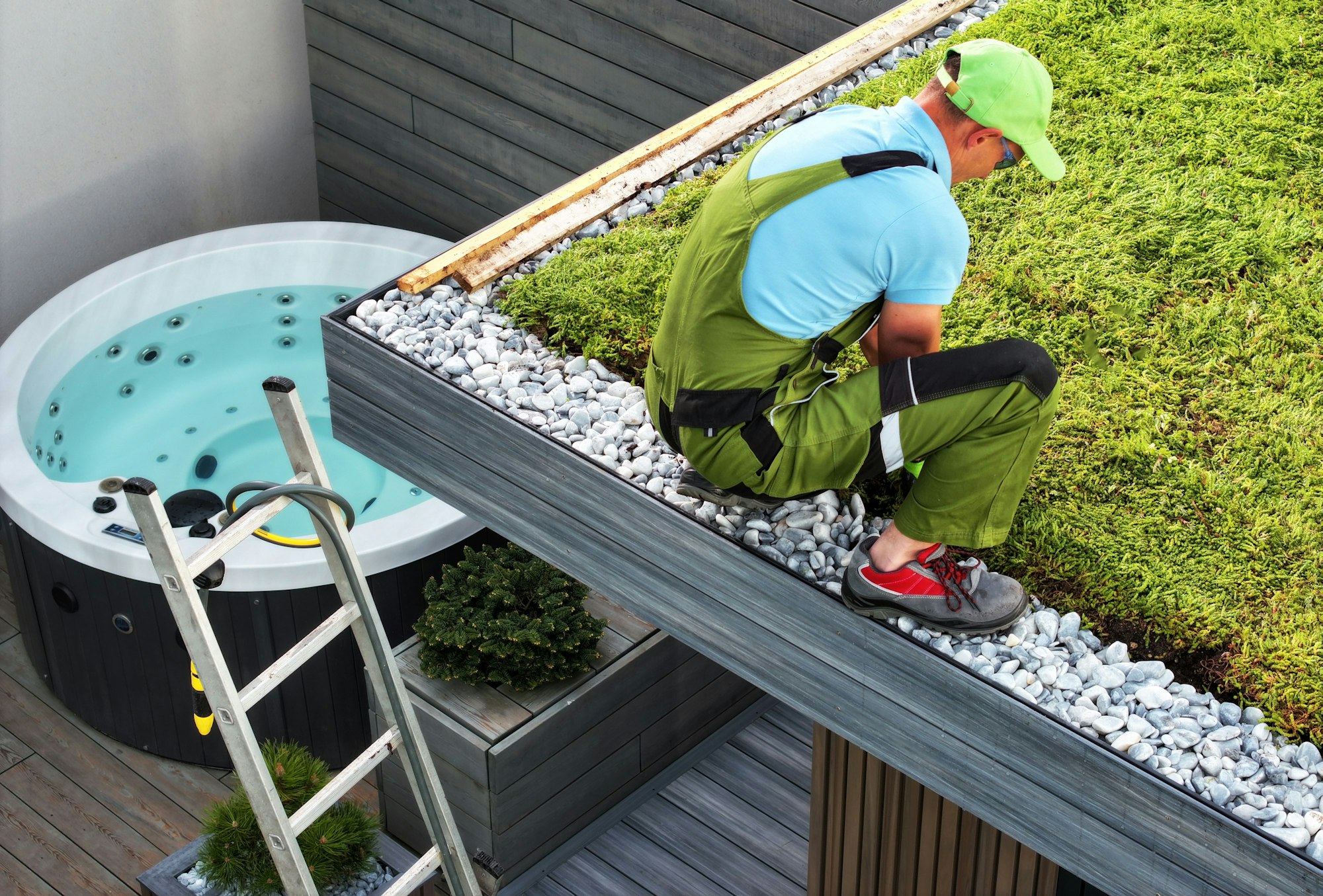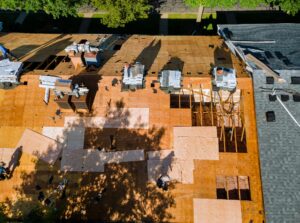The decision to replace your roof is one of the most significant investments you’ll make in your home. With the average roof replacement lasting 20-30 years, it’s crucial to understand every aspect of this important home improvement project.
Table of Contents
Signs It’s Time for a Roof Replacement
Your roof sends clear signals when it needs replacement. Key indicators include:
Visible Damage
- Missing or buckled shingles
- Daylight visible through roof boards
- Sagging roof deck
- Granules collecting in gutters
Interior Warning Signs
- Water stains on ceilings
- Unexplained increases in energy bills
- Attic leaks or moisture
Understanding Roof Replacement Costs
The investment in a new roof varies based on several factors:
Material Costs
A complete roof replacement typically includes:
- Underlayment and water barriers
- New shingles or roofing material
- Ventilation components
- Flashing and trim
The Replacement Process
A professional roof replacement follows these key stages:
Preparation Phase
- Complete property inspection
- Material delivery and staging
- Protection of landscaping and exterior fixtures
Installation Phase
- Removal of existing roofing
- Deck inspection and repair
- Installation of new underlayment
- Application of new roofing materials
Choosing the Right Contractor
Selecting a qualified roofing contractor is crucial. Consider these factors:
Essential Qualifications
- Valid licensing and insurance
- Local reputation and references
- Written warranties
- Detailed written estimates
Insurance and Financing
Most homeowners’ insurance policies cover roof replacement under specific circumstances:
Common Coverage Scenarios
- Storm damage
- Fire damage
- Fallen tree damage
- Other sudden accidents
Maintenance and Longevity
To maximize your roof’s lifespan:
Regular Maintenance
- Annual professional inspections
- Prompt repairs of minor issues
- Proper ventilation maintenance
- Regular gutter cleaning
Environmental Considerations
Modern roof replacements often incorporate eco-friendly options:
Sustainable Choices
- Energy-efficient materials
- Recyclable components
- Cool roof technology
- Solar-ready designs
Warranty Protection
A quality roof replacement should include:
Warranty Coverage
- Manufacturer material warranty
- Workmanship guarantee
- Extended protection options
Project Timeline and Planning
A typical roof replacement involves:
Schedule Considerations
- 2-5 days for standard installations
- Weather contingencies
- Material delivery timing
- Permit processing time
Making an Informed Decision
Before proceeding with a roof replacement:
Key Steps
- Get multiple detailed estimates
- Check contractor references
- Review material options
- Understand warranty terms
- Plan for contingencies
Future-Proofing Your Investment
Consider these factors for long-term value:
Strategic Planning
- Energy efficiency improvements
- Climate-appropriate materials
- Advanced ventilation systems
- Smart home integration options
A roof replacement represents a significant investment in your home’s future. By understanding the process, choosing the right contractor, and making informed decisions about materials and timing, you can ensure a successful project that protects your home for decades to come.




